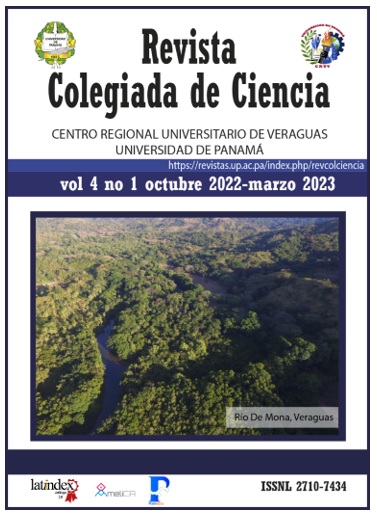

Black Sigatoka is the disease caused by the fungus Mycosphaerella fijiensis, it is the most prevalent and destructive pathogen of musaceae in all regions of the planet where it is planted. At present, there is no other method more effective than the applications of pesticides for their total control, this has caused contamination in water sources and human health, for which biological control techniques have been implemented, in this investigation the performance was evaluated. of Trichoderma sp and Bacillus subtilis, a mixture of the two and the chemical product NATIVO® SC 300 for the management of black Sigatoka in the municipality of Tola, Rivas. In relation to disease control, the bioformulated that presented the best results was the base mixture of Trichoderma sp plus Bacillus subtilis with 30.26% severity, followed by the formulation of Trichoderma sp with 34.45% and the chemical control NATIVO® SC 300 with 36.09% severity, without significant differences with the chemical and biological controls. The pathogen was identified in the laboratories of the National Agrarian University (UNA). The variables evaluated in this study were incidence percentage, severity and area under the progress curve of the Sigatoka damage disease per plant.